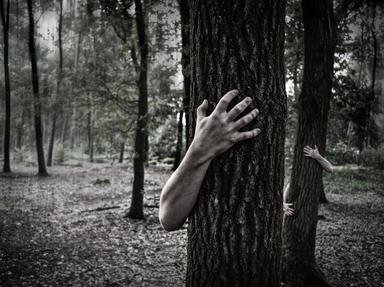Quiz Answer Key and Fun Facts
1. Heading north of Hollywood, the Canadians have had their share of horror ever since the early days of slasher films and David Cronenberg. What 2000 film, filmed in Toronto and directed by John Fawcett, followed two goth girls dealing with puberty and werewolves?
2. Heading abroad, the Brits have had a successful run of horror themselves. A series of stylish horror films, satires, and downright frightening films came from the UK since the mid-1990s. Which of these horror films was not UK-made?
3. Spain is the home of the Sitges Film Festival, a horror and fantasy festival like no other. Which one of these movies, directed in 2007 by Jaume Balagueró and Paco Plaza, received critical acclaim for its contribution to the 'found footage' subgenre of horror?
4. We visit the world of French horror cinema with a 2008 Pascal Laugier film about two girls, a woman covered in hideous scars, and a torturous secret society. What film was this?
5. Visiting Italy, we come across the world of Giallo horror and some of the most vibrant films of the genre as a whole. Dario Argento directed "Tenebrae" (1982), "The Bird with the Crystal Plumage" (1970), and which of these other films?
6. Moving along to Scandinavia, what 2009 Norwegian horror film directed by Pål Oie included a dilapidated house, a "Twin Peaks-esque" hotel, and an abusive parent?
7. Crossing into Sweden, this 2008 film based on a John Ajvide Lindqvist novel was directed by Tomas Alfredson, starred two child actors, and involved a vampire named Eli. In Swedish, it was known as "Låt den rätte komma in". What was its English title?
8. In the Asian market, K-horror used ghosts, possessions, and folk tale reimaginings to scare the audience. Which of these four films did not have connections with South Korean cinema?
9. Japanese horror was perhaps one of the most well-known influences in American horror cinema from 2000-2010. Horror author Koji Suzuki's work directly influenced which of these J-horror films?
10. While horror films from Down Under have never been quite so prominent, some important horror fare has emerged over the years. What 2005 horror film, directed by Australian filmmaker Greg McLean, saw three tourists killed by an outback murderer?
Source: Author
kyleisalive
This quiz was reviewed by FunTrivia editor
skunkee before going online.
Any errors found in FunTrivia content are routinely corrected through our feedback system.

